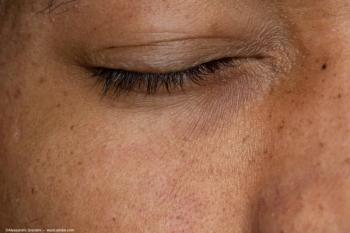
AAO 2025: The ASPIRE phase 2B trial of UBX1325 head-to-head against aflibercept
At AAO 2025, David Eichenbaum, Director of Research and partner at Retina Vitreous Associates of Florida, and collaborative Associate Professor at the Morsani College of Medicine, University of South Florida, discussed results from the ASPIRE phase 2b clinical trial, which evaluated UBX-1325 (foselutoclax), an anti-senolytic agent, compared to aflibercept in patients with diabetic macular edema (DME). The primary efficacy outcome was best-corrected visual acuity, assessed by the average from weeks 20 and 24, with a goal of establishing non-inferiority for UBX-1325 relative to aflibercept.
The findings showed that UBX-1325 did not meet the non-inferiority margin to aflibercept at the designated primary endpoint. However, by week 36, non-inferiority between the 2 treatments was achieved. Importantly, subgroup analyses indicated that specific patient populations—those with a central subfield thickness less than 400 microns at baseline or a DME diagnosis for less than 3.5 years—exhibited more favorable visual acuity outcomes with UBX-1325 compared to aflibercept at many time points. This suggests anti-senolytic therapy may have greater efficacy in earlier-stage or less severe DME cases.
Safety outcomes were notable, as neither group experienced intraocular inflammation, retinal vasculitis, or occlusive retinitis, supporting the tolerability of both treatments. Eichenbaum emphasized that the era of monotherapy is likely concluding in retinal disease management. The field is advancing toward multimodal strategies, including anti-senolytic therapies, WNT pathway modulation, anti-inflammatory biologics targeting interleukin-6, angiopoietin-2 inhibitors, tyrosine kinase inhibitors, and the use of gene therapy to improve treatment durability.
Eichenbaum concluded that negative results, such as the primary endpoint miss for UBX-1325, still provide valuable insights that advance the treatment of diabetic macular edema and other retinal disorders, reinforcing a shift to more personalized and comprehensive therapeutic approaches.
Newsletter
Don’t miss out—get Ophthalmology Times updates on the latest clinical advancements and expert interviews, straight to your inbox.


















































.png)


